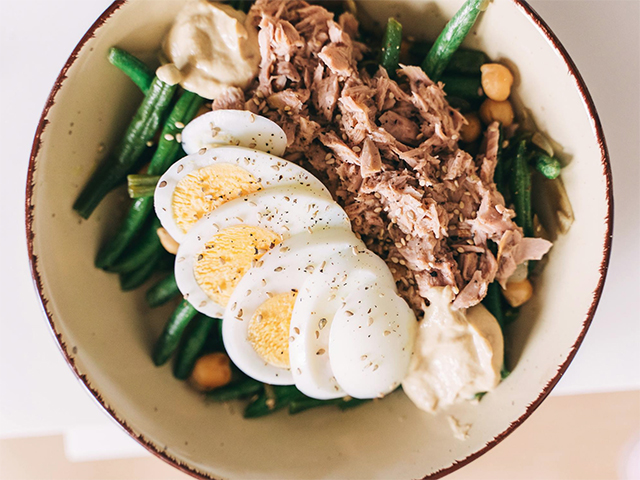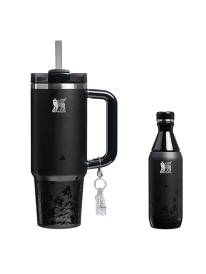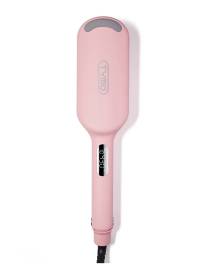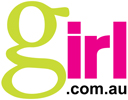Increase Your Iron Levels with Food

How to Increase Your Iron Levels with Food During Different Phases of Your Menstrual Cycle
Iron is an essential mineral that plays a critical role in oxygen transport and energy production. For menstruating individuals, maintaining optimal iron levels is particularly important due to the blood loss that occurs during the menstrual cycle. Tailoring your diet to each phase of the cycle can help boost iron levels effectively and support overall health.
Understanding the Menstrual Cycle and Iron Needs
The menstrual cycle typically consists of four phases:
-
Menstrual Phase (Days 1-5): Blood and tissue are shed from the uterus, leading to a higher demand for iron.
-
Follicular Phase (Days 6-13): The body prepares for ovulation, and energy levels often improve.
-
Ovulation Phase (Day 14): The egg is released, and metabolic processes may slightly increase.
-
Luteal Phase (Days 15-28): Hormonal changes can cause fatigue and cravings, impacting nutrient absorption and dietary choices.
Each phase presents unique nutritional needs, making it beneficial to adjust your diet accordingly.
1. Menstrual Phase: Prioritizing Iron-Rich Foods
During menstruation, the body loses iron through blood loss, increasing the risk of iron deficiency. Incorporating iron-rich foods is essential during this phase.
Best Food Choices:
-
Heme Iron Sources: Lean red meat, poultry, and seafood like salmon and sardines.
-
Non-Heme Iron Sources: Spinach, lentils, tofu, quinoa, fortified cereals, and pumpkin seeds.
-
Iron Absorption Boosters: Pair non-heme iron foods with vitamin C-rich foods such as oranges, strawberries, bell peppers, and tomatoes to enhance absorption.
Sample Meal Idea: Grilled chicken salad with spinach, cherry tomatoes, and a citrus vinaigrette, served with a side of quinoa.
2. Follicular Phase: Building Nutrient Stores
As estrogen levels rise, the body's energy and metabolism improve, making it an ideal time to replenish iron stores and prepare for ovulation.
Best Food Choices:
-
Iron-Rich Vegetables: Kale, broccoli, and peas.
-
Legumes: Chickpeas, black beans, and lentils.
-
Whole Grains: Oats, brown rice, and whole-grain bread.
Sample Meal Idea: Lentil soup with whole-grain bread and a side of steamed broccoli.
3. Ovulation Phase: Supporting Energy and Recovery
Ovulation can slightly increase metabolic demands. Ensuring an adequate intake of iron and other supportive nutrients can help sustain energy levels.
Best Food Choices:
-
Iron-Loaded Snacks: Hard-boiled eggs, roasted chickpeas, and hummus with vegetable sticks.
-
Seafood: Shellfish like clams and oysters, which are particularly high in heme iron.
Sample Meal Idea: Grilled shrimp tacos with a cabbage and lime slaw, served with a side of black beans.
4. Luteal Phase: Combating Fatigue and Cravings
The luteal phase can bring cravings for less nutritious foods, making it important to focus on balanced meals that support iron intake.
Best Food Choices:
-
Iron-Fortified Snacks: Fortified granola bars or cereals.
-
Comforting Iron-Rich Meals: Stews with beef, potatoes, and carrots.
-
Magnesium and Iron Pairing: Dark chocolate (70% or higher) paired with nuts like almonds.
Sample Meal Idea: Beef and vegetable stew with a side of mashed sweet potatoes.
Tips for Optimizing Iron Absorption
-
Avoid Iron Blockers: Limit coffee, tea, and calcium-rich foods when consuming iron-rich meals as they can inhibit iron absorption.
-
Cook with Cast Iron: Using cast iron cookware can increase the iron content of your meals.
-
Stay Hydrated: Adequate hydration supports overall nutrient absorption and energy levels.
When to Consider Supplementation
If dietary changes alone do not meet your iron needs, especially during heavy menstrual bleeding, consider speaking with a healthcare provider about iron supplements. Look for ferrous sulfate or ferrous gluconate, and take them with vitamin C for optimal absorption.
By aligning your diet with the phases of your menstrual cycle, you can effectively manage your iron levels, enhance your energy, and support overall well-being. Embrace nutrient-dense foods and listen to your body's needs to create a sustainable approach to health.

MORE





